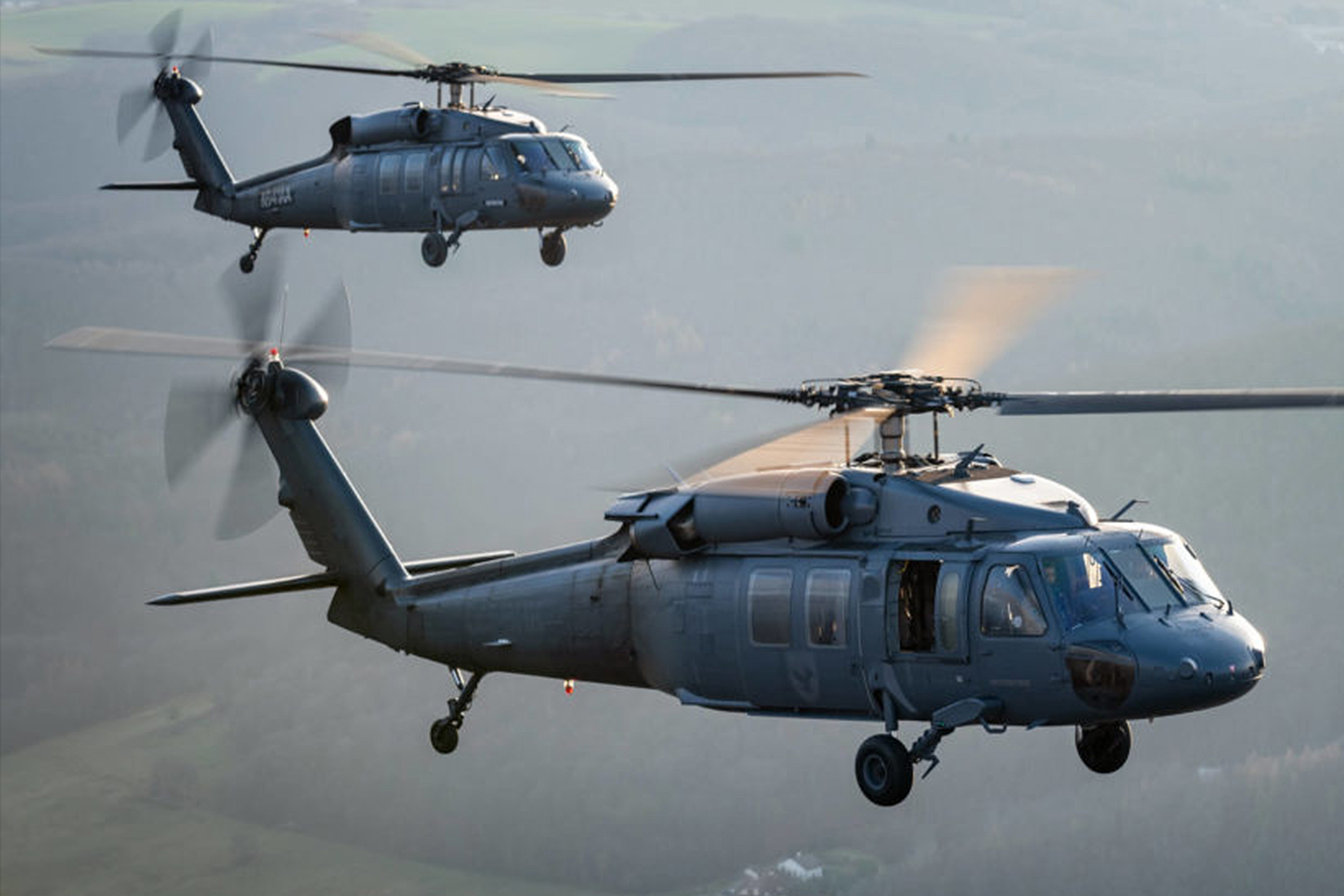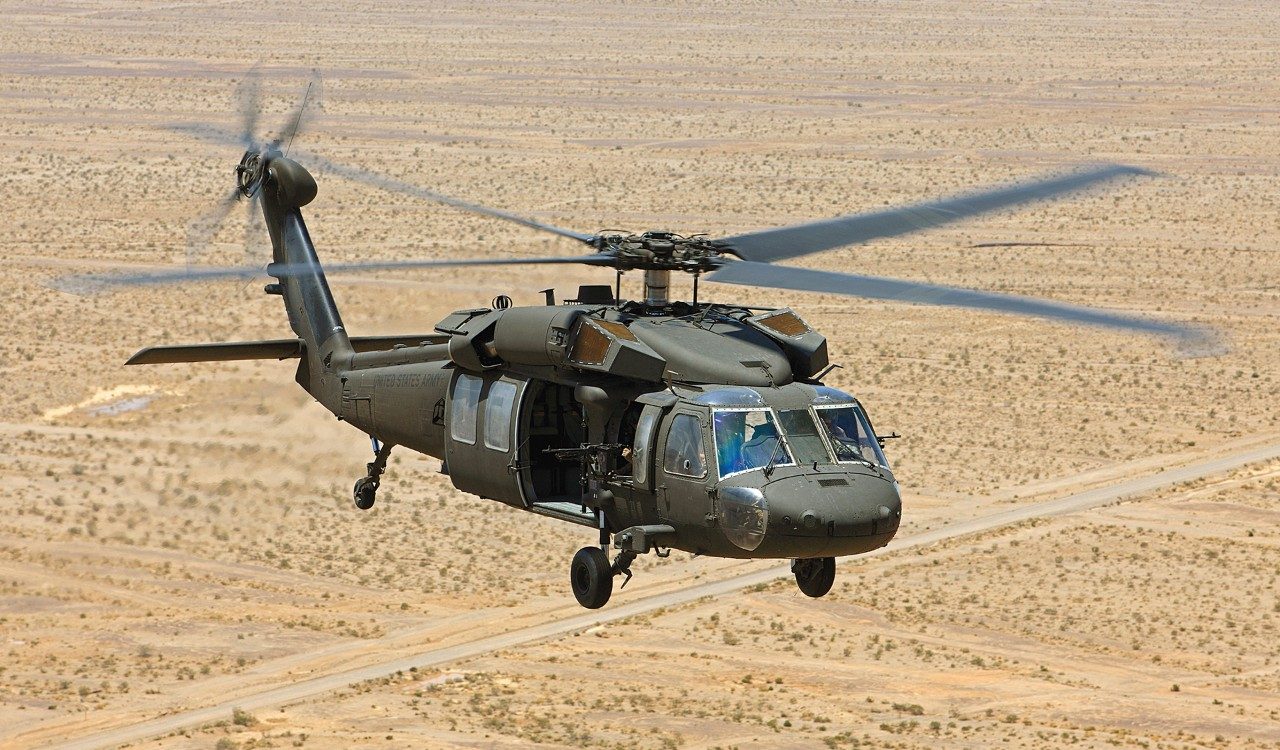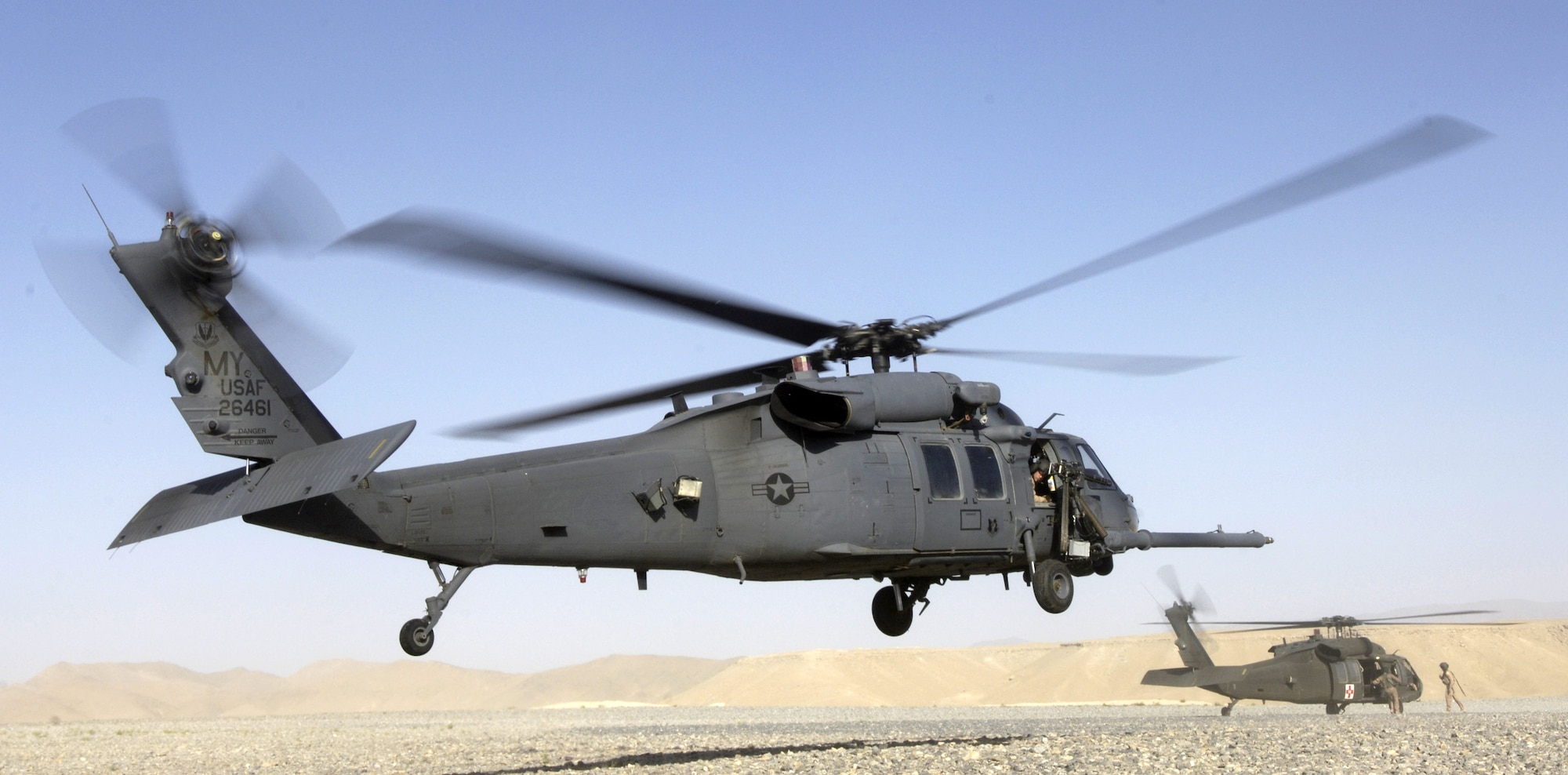UH 60 Black Hawk: Secret Features and Developments
UH 60 Black Hawk: Secret Features and Developments
Blog Article
Exploring the Cutting-edge Technology Behind Aircraft Design and Design
The area of airplane style and engineering is experiencing a transformative shift driven by cutting-edge modern technologies that improve efficiency, efficiency, and sustainability. As the sector grapples with the challenges of ecological obligation, growths in sustainable air travel modern technologies guarantee to improve the future.
Advanced Materials in Airplane Style
Exactly how can the combination of advanced materials reinvent airplane style? The incorporation of sophisticated materials, such as carbon fiber compounds, titanium alloys, and advanced ceramics, plays a crucial function in improving airplane performance and effectiveness. These products supply remarkable strength-to-weight ratios, enabling makers to lower overall aircraft weight without endangering structural honesty. This reduction in weight directly adds to boosted gas efficiency and enhanced haul ability.
Furthermore, innovative products show boosted resistance to deterioration and tiredness, causing lower maintenance expenses and prolonged service life. The usage of titanium in crucial components aids hold up against severe temperature levels and anxieties, while carbon fiber composites give versatility in design and production processes. This versatility permits even more aerodynamic forms, adding to remarkable efficiency qualities.
Furthermore, the integration of smart products, which can alter homes in reaction to exterior stimulations, opens brand-new avenues for adaptive systems in aircraft layout. uh 60. These developments guarantee not just to improve safety and functional efficiency however also to contribute to sustainability efforts by lessening environmental influence with reduced discharges. In summary, progressed products are redefining the landscape of aircraft layout, leading the way for a lot more efficient, long lasting, and eco-friendly air travel remedies
Aerodynamic Innovations for Effectiveness
Wind resistant developments play a crucial role in improving aircraft effectiveness, significantly affecting gas usage and total performance. Advances in airfoil layout, such as the intro of supercritical wings, permit optimized lift-to-drag ratios, decreasing drag at transonic rates. These developments allow airplane to keep greater speeds with lower fuel expense, directly impacting operational expenses and ecological sustainability.
Additionally, the integration of winglets has confirmed effective in reducing vortex-induced drag at the suggestions of wings, even more improving gas efficiency - uh 60. This design modification results in a reduction in wake disturbance, adding to improved wind resistant performance during cruise conditions

In addition, computational liquid dynamics (CFD) tools have actually changed the screening and improvement of wind resistant forms, enabling precise simulations of airflow around aircraft (uh 60). This makes it possible for designers to innovate continuously, making sure that contemporary airplane not only fulfill governing requirements but additionally push the boundaries of performance in aviation

Role of Computer Simulations
Computer simulations have actually become an essential tool in the field of airplane design, enabling engineers to perform detailed evaluations and optimizations of various style facets. These simulations enable for the digital testing of wind resistant buildings, architectural honesty, and efficiency metrics long prior to physical models are developed. By utilizing computational liquid dynamics (CFD) and limited element evaluation (FEA), engineers can forecast exactly how air streams around the aircraft and exactly how different materials will reply to tension and stress.
In addition, computer simulations promote the expedition of a vast array of variables and situations, accelerating the layout procedure and lowering prices useful site linked with physical screening. This capacity not only improves the precision of forecasts relating to airplane actions but likewise uses understandings into possible design improvements that could not be instantly evident with standard techniques.

Additionally, simulations help make sure conformity with stringent safety and security guidelines by enabling designers to determine and rectify potential issues early in the style phase. The combination of simulation innovations right into the aircraft design procedure highlights the significant innovations in design methods, inevitably contributing to the development of more secure, much more reliable, and environmentally pleasant aircraft.
Artificial Intelligence in Design
Fabricated knowledge (AI) is reinventing the engineering landscape, especially in airplane layout, by enhancing and improving decision-making processes style workflows. With machine knowing formulas, AI can analyze substantial datasets, revealing patterns and understandings that inform layout options and improve total performance.
AI applications in aircraft layout consist of generative layout, where formulas produce several design choices based upon specified specifications, allowing engineers to examine a more comprehensive series of opportunities. This not just accelerates the layout stage however also makes certain that the final items meet rigid performance and safety criteria.
Additionally, AI-driven anticipating analytics help with maintenance organizing by examining historical information go to website and anticipating potential failures. This positive strategy reduces downtime and enhances aircraft integrity.
Additionally, AI help in simulation and modeling, making it possible for engineers to check layouts under various problems without the need for physical prototypes. This capacity shortens advancement timelines and decreases costs related to standard testing techniques.
Sustainable Air Travel Technologies
Exactly how can the aeronautics industry successfully balance growth and environmental obligation? The response hinges on the fostering of sustainable aviation innovations that prioritize effectiveness and lower carbon exhausts. Advancements such as lasting aeronautics fuels (SAFs), which are derived from renewable resources, have become an important part in attaining reduced lifecycle emissions. SAFs can substantially lower the carbon impact of flights, making them a sensible alternative to standard jet gas.
In addition, developments in airplane style, such as the growth of lighter products and more aerodynamically effective shapes, add to improved gas performance. Electric and hybrid propulsion systems are likewise obtaining traction, using a path to minimize dependence on nonrenewable fuel sources and reduce greenhouse gas discharges.
The combination of these innovations is supported by governing structures and industry partnerships intended at setting ambitious sustainability targets. Electronic devices like information analytics and man-made intelligence can optimize trip procedures, better enhancing gas efficiency. By welcoming sustainable methods and modern technologies, the aviation market can not only fulfill the growing demand for flight however additionally play a critical role in dealing with climate change, guaranteeing a much more sustainable future for air transportation.
Final Thought
The convergence of innovative products, wind resistant technologies, and cutting-edge technologies notes a substantial advancement in airplane layout and engineering. The combination of carbon fiber composites, titanium alloys, and AI-driven processes not just improves performance and efficiency yet additionally enhances process and predictive maintenance.

Computer simulations have come to be an important device in the area of aircraft style, making it possible for designers to conduct comprehensive evaluations and optimizations of numerous layout aspects.The convergence of innovative materials, aerodynamic developments, and innovative technologies notes a significant advancement in aircraft layout and design.
Report this page